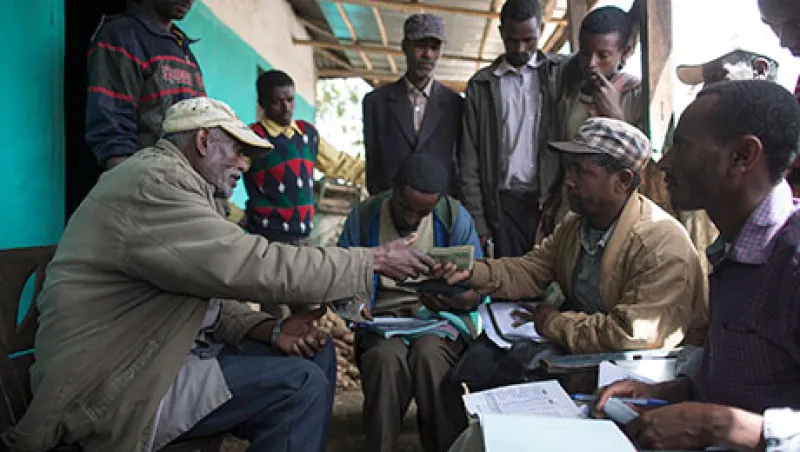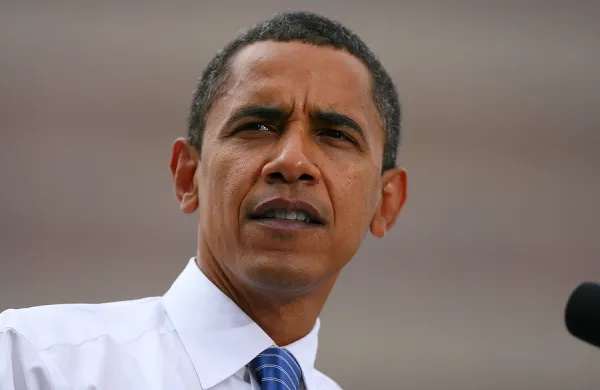In the last three weeks of July, some $15 billion deserted emerging-markets equity funds, thanks to tumbling commodities prices and uncertainty surrounding the timing of the U.S. Federal Reserve’s interest rate bump. This extends a two-year exodus from the asset class. Yet some areas appear ripe for growth.
As investors look for new ways to generate healthy returns in developing economies, many are turning to impact investing, which seeks to generate both financial gains and tangible social and economic benefits. Sub-Saharan Africa, the region enjoying the second-fastest growth rate in the world behind developing Asia, is attracting a lot of the money.
Some of the continent’s fastest-growing economies are in East Africa. That strength has led global impact investors from around the world to channel $9.3 billion over the past five years into the region, according to The Landscape for Impact Investing in East Africa, a report released July 28 and compiled by the Global Impact Investing Network (GIIN), a New York–based nonprofit committed to boosting the effectiveness of impact investing, and Nairobi-based consulting firm Open Capital Advisors. In 2015 the International Monetary Fund forecasts gross domestic product to grow by 8.6 percent in Ethiopia, 7.2 percent in Tanzania and 6.5 percent in both Kenya and Rwanda, despite subdued global growth.
“Overall, the continent, particularly East Africa, has seen a lot of impact investments coming in because the opportunities are there,” says Akin Sawyerr, chief strategy officer at Oak Hill, Virginia–based strategic consulting firm Market Atlas. The influx of capital promises to help improve access to electricity, transport and sanitation in many countries in the area.
The region’s people are also a big draw, says Abhilash Mudaliar, research manager at GIIN and a member of the report’s advisory team. “The demographics, with the booming middle class, are attractive because they suggest longer-term growth opportunities,” he notes. Demographics in the region skew young; roughly 75 percent of the population in Kenya is under the age of 30. This next generation harbors an entrepreneurial ethos, says Sawyerr, which is prompting young people to start businesses that create a lot of opportunity for social impact investing.
Impact investing in frontier markets works when most elements of the investment ecosystem are available, says Graham Sinclair, principal of Sustainable Investment Consulting in Boston. East Africa is pitching itself as a hub. “East Africa has the blend of demand from interested investors and funders, a supply of entrepreneurs and fund managers seeking to deploy capital, and the milieu of skills from nongovernmental organizations and international organizations using Nairobi as a base, including the U.N. Environment Programme and the International Finance Corp. [IFC],” he says.
“What we’ve tried to do with this report is map the nature of impact investors’ activity in East Africa, at a country level, to understand the historic activity as well as think more deeply about future opportunities in the region,” says GIIN’s Mudaliar.
Impact investments are vital to economic development because of their double bottom line, targeting both financial and social benefits, particularly in the finance, health, energy and education sectors. The most notable investors on this front are development finance institutions, or DFIs: government-funded and -supported entities that invest in private sector development with environmental and social objectives. DFIs such as IFC, the U.S. Agency for International Development (USAID) and the African Development Bank Group provide roughly 85 percent of the impact capital in East Africa and have been active in the region for decades, according to the Landscape study. “No single factor has done more to shape the impact investing sector in East Africa than the flow of DFI capital into impact funds,” the GIIN report notes.
On his recent trip to Kenya and Ethiopia, President Barack Obama promoted the Power Africa initiative. Launched by USAID in 2013 in collaboration with other organizations, Power Africa is tasked with helping African countries meet their national energy needs by using private assets to finance, insure and build energy infrastructure, promote policy and regulatory reforms and foster local capacity building. Energy is the second-largest sector behind financial services in terms of how much capital is being deployed, according to the Landscape study.
Of the 11 countries in the region, Kenya is a clear favorite among impact investors, thanks in part to its rapid growth and human capital. The country has been the beneficiary of more than $3.65 billion, or about 40 percent, of the impact capital allocated to East Africa, whereas the favorable business environment in Uganda’s and Tanzania’s large markets have together attracted a quarter of the region’s impact capital.
“Nairobi has been the historical business and economic hub in the region,” says Mudaliar. “It’s a natural starting point for investors coming in from outside.” The existing network of investors in the city encourages fresh capital as newcomers can leverage the services of the nearly 50 other impact businesses and coinvestors operating offices nearby, Mudaliar adds.
“After aid, came trade,” says Sustainable Investment Consulting’s Sinclair. “Now the drive is toward impact investment.”
Follow Georgie Hurst on Twitter at @Ghurst_iimag.
Get more on emerging markets.






